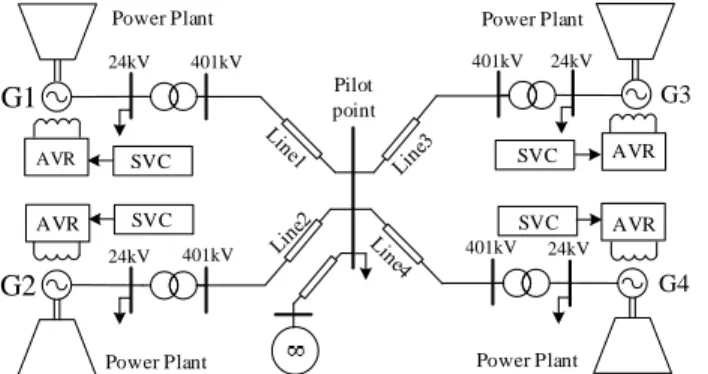Structural Analysis and Improved Reactive Power Alignment for Secondary Voltage Control
Texte intégral
Figure




Documents relatifs
Amidst the wavelengths at which each compound is excited in each solvent, 280 nm was selected as the fixed wavelength for the measurements;
The control objective is twofold: (i) tracking the maximum available wind power; (ii) regulating the DFIG reactive power. The rotor speed, aerodynamic torque and
The reason why conflict resolution by FOLLOW set does not work nearly as well as one might wish is that it replaces the look-ahead of single item of rule N in a given LR state
The rotor currents (which are linked to active and reactive powers by equation (16), quadrature rotor current K Q[ linked to stator active power I and direct rotor
In this paper, the performance of the D-STATCOM has been analyzed effectively to improve the power quality (PQ) in the distribution network under the change of linear load,
Reactive power flow between a wind turbine system and the grid is an important issue especially when the wind turbine is connected to a remote grid.
When a number is to be multiplied by itself repeatedly, the result is a power of this number.
To simplify the optimization algorithm, all load buses with low voltage magnitudes (less than 0.95 p.u.) are assumed as possible candidates for reactive power